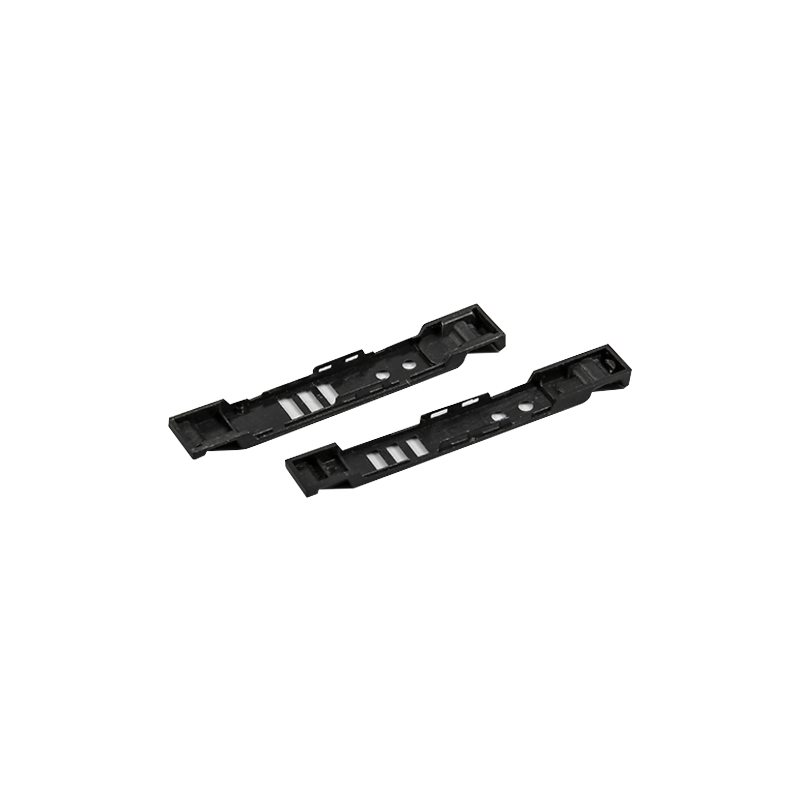How do plastic mold manufacturers deal with white edges […]
How do plastic mold manufacturers deal with white edges?
Generally speaking, the first consideration for people who don’t understand this profession is to change the material. Why do you say that? Because this is a method that many people who don’t understand plastic injection processing know, but this method has a flaw, that is, it is wasteful. Is there no other solution for changing materials? So how is the white border formed?
White edge is a unique injection defect of modified polyethylene and plexiglass, and it mostly appears on the edge of the part near the parting surface. The white border is a collection of many stretch-oriented molecules that are straight to the direction of the material flow and the fine spaces between them. There is still a polymer connecting phase in the direction of the white edge, so the white edge is not a crack. Under proper heating, it is possible that the stretch-oriented molecules may return to their natural bending state and the white edge will decline.

Solutions for plastic mold manufacturers:
During the production process, attention must be paid to the close anastomosis of the parting surface of the template, especially the area around the cavity, which must be under truly sufficient clamping force to prevent longitudinal and lateral expansion.
Decrease injection pressure, time and material volume, and reduce molecular orientation.
Applying oil-based release agent to the white edge of the mold surface, on the one hand, makes it difficult to transfer heat and maintains a higher high temperature at all times. On the other hand, it may suppress the white edge to reduce the appearance of the white edge.
